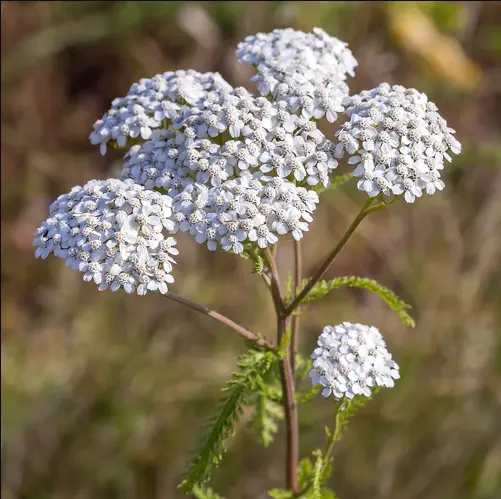Understanding the Circulatory System: The Lifeline of Human Physiology
The human body is a complex network of systems and organs, all working together to sustain life. Among these, the circulatory system stands out as one of the most vital, comprising over 60,000 miles of blood vessels, the heart, and various muscles. Let’s delve deeper into the workings of this intricate network and its profound impact on our health.
The Role of Blood Circulation: Fueling Every Cell
Unraveling the Essentials
At the core of the circulatory system lies its primary function: transporting blood to every cell in the body. This blood carries essential nutrients and oxygen, vital for cellular function and survival. However, when circulation falters, it disrupts this crucial process. Slow circulation impedes the flow of blood, depriving cells of the necessary oxygen and nutrients they require to function optimally.
Understanding the Consequences of Poor Circulation
Exploring the Ramifications
Poor blood circulation is not merely a discomfort; it’s a significant health concern. It’s associated with various conditions, including obesity, diabetes, arterial issues, and heart problems. Symptoms such as tingling, muscle cramps, numbness, and throbbing pain in the limbs often accompany poor circulation. Moreover, it can lead to the formation of arterial plaque, increasing the risk of strokes or heart attacks. Recognizing these risks underscores the importance of addressing circulation problems promptly to prevent more severe complications.
Natural Remedies to Enhance Blood Circulation
Unlocking the Power of Lifestyle Choices
Regular Exercise: A Boost for Circulation
Regular physical activity is key to improving circulation. Activities like running, swimming, walking, or cycling stimulate blood flow, enhancing overall circulation throughout the body.
Massage Therapy: Nurturing Blood Flow
Massage therapy, often perceived as a luxury, is beneficial for everyone. It stimulates blood flow in all areas of the body, promoting better circulation and relaxation.
Hydration: Water as a Circulatory Catalyst
Drinking ample water, especially warm water, increases blood flow in the arteries and veins. Proper hydration supports optimal circulation, aiding in the transport of nutrients and oxygen to cells.
Smoking Cessation: Clearing the Path for Circulation
Smoking is a major contributor to poor circulation and should be avoided as much as possible. Quitting smoking can significantly improve blood flow and overall health.
Stretching: Flexibility for Better Circulation
Incorporating stretching exercises into your routine improves blood circulation rapidly. Avoid prolonged sitting, as it slows circulation, and opt for regular stretching sessions to keep blood flowing smoothly.
Healthy Diet: Fueling Circulation with Nutrition
A balanced diet rich in fruits, vegetables, and lean proteins, while low in sugar, salt, and fat, promotes better blood flow. Nutrient-dense foods support overall circulation and cardiovascular health.
Hot and Cold Therapy: Temperature for Circulatory Optimization
Alternating between hot and cold treatments is effective in boosting circulation. Applying heat with a hot pack for a short duration, followed by cold, stimulates blood flow and promotes vascular health.
Hydrotherapy: Immersion for Circulatory Relief
Hot water baths or showers relax tense muscles, allowing for smoother oxygen flow throughout the body. Hydrotherapy can be particularly beneficial for enhancing circulation and relieving muscle tension.
Ginkgo Biloba: Herbal Support for Circulation
Ginkgo biloba is a herbal supplement known for its circulatory benefits. Available in various forms, including liquid, capsules, tablets, or dried leaves, it aids in improving blood circulation and overall vascular health.
Salt Scrubs: Exfoliation for Circulatory Health
A salt scrub can invigorate circulation, smooth the skin, and assist in excess fluid removal. By applying a salt scrub in circular motions from ankles to knees, you can stimulate blood flow and promote healthier legs.
Footwear Considerations: Supporting Circulation with Comfort
Choose comfortable shoes over high heels, as the latter can impede blood flow from the heart to the feet. Opt for trainers or flats whenever possible to maintain healthy circulation in the lower extremities.
Compression Hosiery: Supportive Wear for Circulation
Consider wearing compression tights designed specifically to enhance blood circulation in the legs. Compression hosiery provides support to leg veins, promoting better circulation and reducing the risk of blood pooling or clotting.
Conclusion: Empowering Circulatory Health Naturally
In conclusion, maintaining optimal blood circulation is essential for overall health and well-being. By adopting these natural remedies and lifestyle changes, you can support healthy circulation, ensuring that every cell in your body receives the oxygen and nutrients it needs to thrive. From regular exercise to proper hydration and herbal supplements, the key lies in nurturing your circulatory system for a healthier, happier you.



